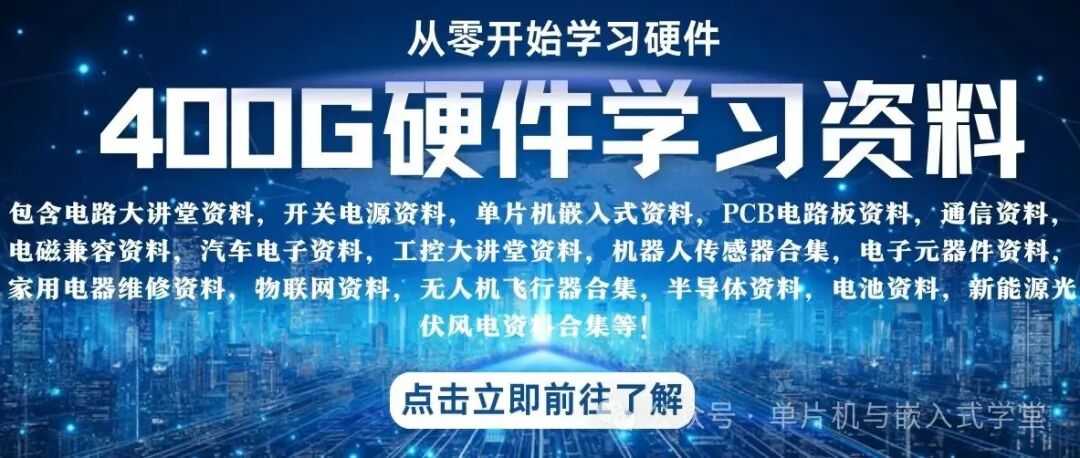
These two capacitors are called the load capacitors of the crystal oscillator, connected to the two pins of the oscillator and to ground, typically in the range of tens of picofarads. They affect the resonant frequency and output amplitude of the oscillator, and the supplier usually asks for the load capacitance when ordering the crystal oscillator.The load capacitance of the crystal oscillator is given by the formula: Load Capacitance = [(Cd * Cg) / (Cd + Cg)] + Cic + ΔC, where Cd and Cg are the capacitors connected to the two pins of the oscillator and to ground, and Cic (internal capacitance of the integrated circuit) + ΔC (capacitance on the PCB) is typically valued at 3 to 5 pF.The oscillator pins of various logic chips can be equivalently modeled as a three-point capacitive oscillator. The internal structure of the oscillator pins usually consists of an inverter or an odd number of inverters in series. A resistor is connected between the oscillator output pin (XO) and the oscillator input pin (XI), typically ranging from several megaohms to tens of megaohms for CMOS chips. Many chip pins already include this resistor internally, so it does not need to be connected externally. This resistor ensures that the inverter operates in a linear state during the initial oscillation, acting like a high-gain amplifier to facilitate oscillation. The quartz crystal is also connected between the input and output of the oscillator pins, effectively forming a parallel resonant circuit, with the oscillation frequency being the parallel resonant frequency of the quartz crystal. The two capacitors next to the crystal are grounded, effectively serving as the voltage divider capacitors in the three-point capacitive circuit, with the ground point acting as the voltage divider point. Taking the ground point as the reference, the input and output of the oscillation pins are inverted, but from the perspective of the parallel resonant circuit across the quartz crystal, it forms positive feedback to ensure continuous oscillation of the circuit. In chip design, these two capacitors are already formed, typically with equal capacitance values, and their sizes vary based on the process and layout, but they are generally quite small and may not be suitable for a wide frequency range. When external capacitors are connected, they typically range from several pF to tens of pF, depending on the frequency and characteristics of the quartz crystal. It is important to note that the series value of these two capacitors is parallel to the resonant circuit and will affect the oscillation frequency. When the two capacitances are equal, the feedback coefficient is 0.5, which generally meets the oscillation conditions. However, if oscillation is difficult or unstable, the input capacitance to ground can be reduced while increasing the output capacitance to enhance the feedback.


Some screenshots from electronic books

【Complete Set of Hardware Learning Materials Collection】
